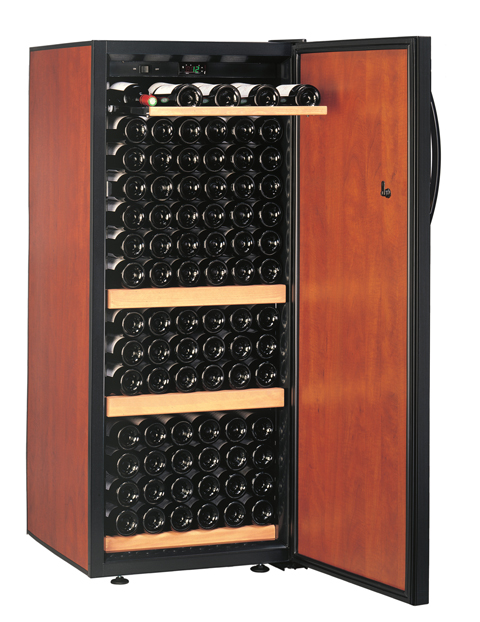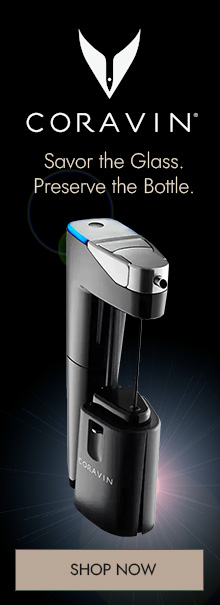Rosehill offers a wide range of wine refrigerator brands including, Vintage Keeper, Cavavin, Danby, Vinotheque, EuroCave and Le Cache.
In the following days we’re going to review our top brands: Dometic, Vinotheque and Le Cache wine cabinets; but first a fridge primer.
The term “wine refrigerator” can mean anything from the small home wine cooler to the large multi-zone refrigerators suitable for commercial ventures. At Rosehill, wine refrigerators are available for a variety of needs from cooling white wines to long-term storage of both red & white wines. The refrigerators we carry range in storage capacity of anything from 6 bottles to 600+ bottles. In other words, the wine refrigerator for you is here, keep reading.
Some things you’ll want to know:
Bottle capacity for all of the different manufacturers are based on same standard 750mL Bordeaux Bottles. This allows for standardization of capacities; Bordeaux being the most streamlined and allow for maximum bottle storage. Actual bottle capacity may be less depending on the type of bottles loaded into your wine cabinet.
Long term storage of both reds and white wine is generally recommended at 55-57 degrees. For home use, a “dual temperature” cabinet may not be necessary. Dual Temperature is most popular within a restaurant or commercial environment where it is important to have the wine at immediate serving temperature.
Plumbing/Electricity Our wine refrigerators plug into standard household outlets, do not need any plumbing attachments and can be easily moved if you relocate. Most of the wine cabinets are free-standing so they need air circulation at the back. We also carry front venting, built-in wine coolers to incorporate tightly into any kitchen design.
First up, Dometic, the Silent Cellar.
Great for all wine lovers, from the occasional sipper to the serious collector where noise is a concern. Dometic preserves your vintages in silence through its exclusive absorption cooling process. They are vibration free, dark, damp, and keep wine at a constant temperature.
 The Absorption System – How Does It Work?
The Absorption System – How Does It Work?
It’s an absorption system using water, which is heated, then pumped into the absorber sending ammonia vapor up to the condenser. In the condenser the vapor is cooled into a fluid, which runs off into the low temperature evaporator where it evaporates. While evaporating, the ammonia liquid absorbs heat, creating a cold environment. This principle doesn’t use a motor or compressor, doesn’t generate vibrations and therefore functions in complete silence.
Features of a Dometic:
- Absorption: a technique that lowers the temperature without the use of a motor or compressor! Ideal for maturing wine.
- Electronic Temperature Regulation: All you need to do is key in the chosen temperature – ideally 12°C (53.6°F) or 13°C (55.4°F) – and your cellar will start self-regulating, producing heat or cold in order to respect your wishes and taking into account external temperature conditions.
- Evaporator with Fins & Controlled Moisture: Thanks to its original evaporator design, the Dometic Wine Cellar controls moisture using a large size fin package, which prevents ice build up. The natural air circulation loads itself with condensation humidity when passing through the fins.
- Carbon Air Filter & Ventilation: If your wine cellar is located in a room carrying odors likely to have adverse affects on wine, the carbon filter will act as a natural barrier. It constantly circulates the air in the cellar preventing the risk of mold.
Something to note:
Thinking about building a Dometic into cabinetry? Note that this cabinet is not “front venting” so it does require air circulation around the cabinet in order to operate most efficiently. It is recommended that you leave air space of 1” (25mm) on either side of cabinet and 4” (100mm) on top of the cabinet.





